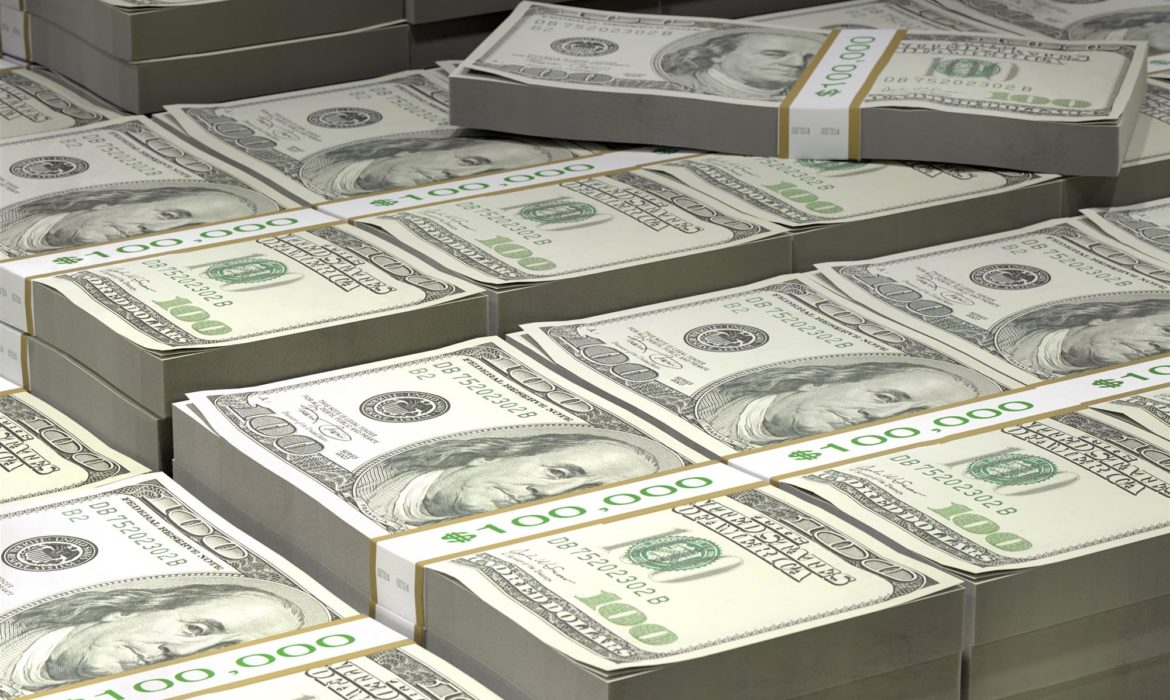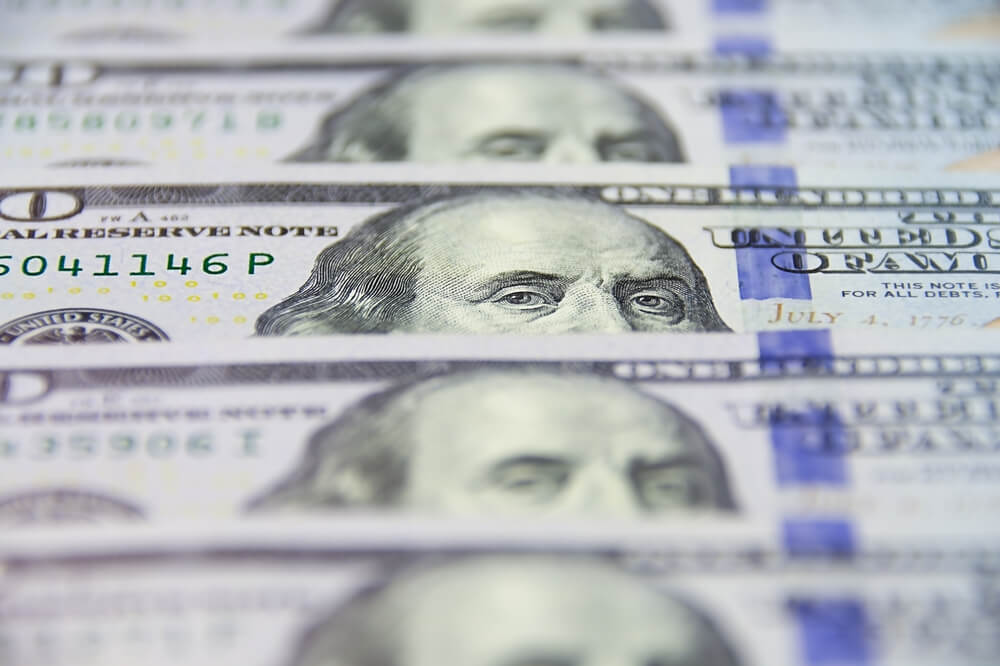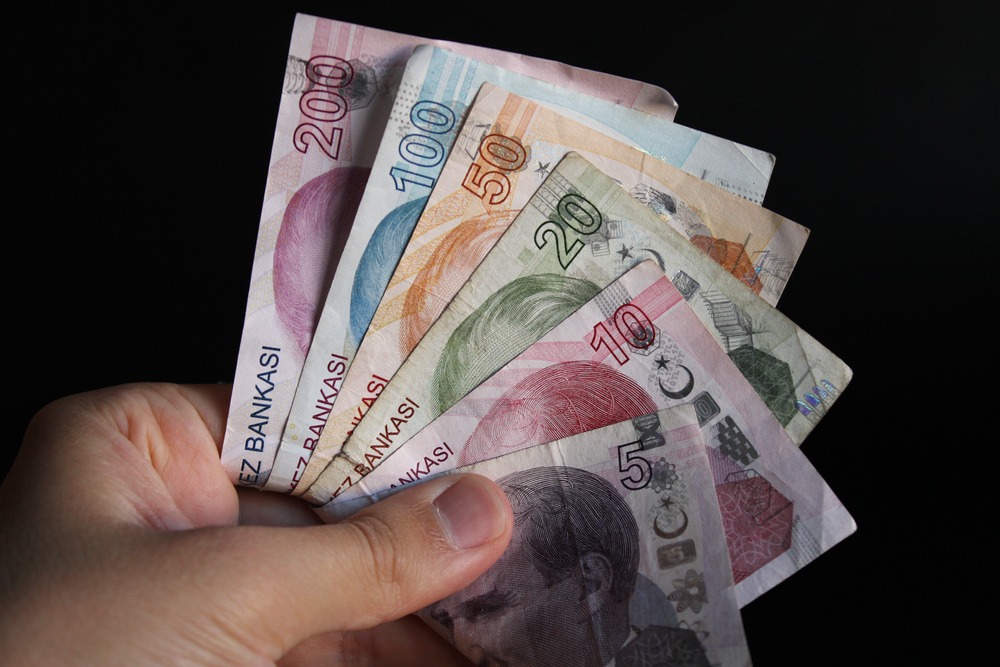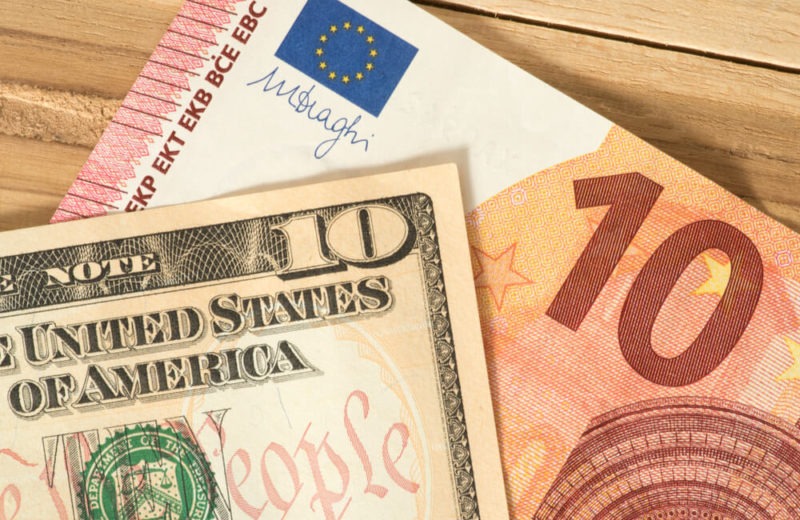The dollar was on track for its worst weekly decline in almost four months as traders downgraded Federal Reserve rate rise expectations amid signals that the US central bank may stall or perhaps halt its tightening cycle in the second half of the year.
A wide drop in US Treasury rates, dismal economic data, and cautionary remarks from certain Fed governors this week; notably Atlanta Fed President Raphael Bostic, have increased the possibility that the dollar’s gains predicated on aggressive rate rises may have come to an end for the time being. “The market’s timid anticipation of a halt in the Fed’s tightening cycle in September is undoubtedly adding to the dollar’s weakness,” according to ING analysts. For the first time since April 25, the dollar index dipped to 101.43. It was down 1.3 percent every week, the greatest weekly loss since the first week of February.
Dollar Fluctuates
It rose above 105 for the first time in nearly two decades earlier this month; however, it still has subsequently fallen as economic data became worse. The Citigroup economic surprise index for the US has dropped to its lowest point since September 2021. Most participants felt 50 basis-point rises would be appropriate at the June and July policy meetings, according to minutes from the Fed’s May meeting released this week; although many thought that significant, early hikes would offer leeway to pause later in the year to examine the implications of that policy tightening.
The euro has benefited the most from the dollar’s slide; however, that momentum has slowed as investors assume that many of the European Central Bank’s projected rate rises have already been factored into current levels. The euro climbed to $1.0765 against the US dollar, its highest level in a month. The value of the pound stayed stable at $1.2666.
However, improved risk sentiment did not aid bitcoin; it fell 1.62 percent to approximately $28,710. This extended this week’s slow retreat from the psychologically significant $30,000 barrier. The risky Australian dollar rose 0.6 percent to $0.7142, while the New Zealand currency rose 0.65 percent to $0.6520.














